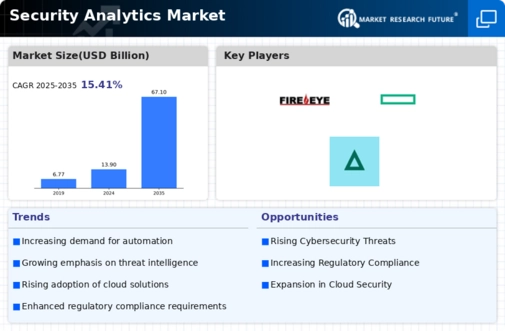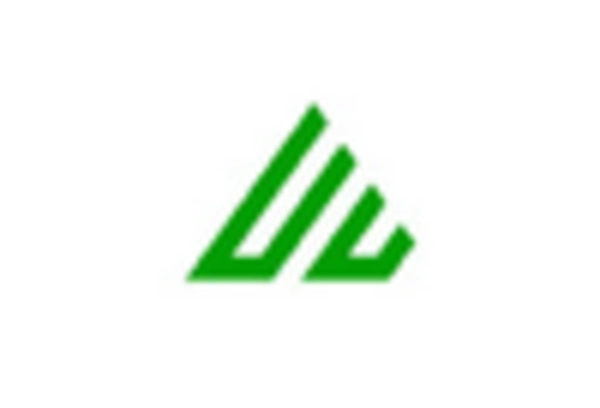Market Trends
Key Emerging Trends in the Security Analytics Market
The Security Analytics market has undergone profound changes, mirroring the transformation of threats in cyber space and the need to fortify defenses. Artificial intelligence (AI) and machine learning (ML), with their remarkable abilities, are becoming more widely used in security analytics solutions. With the teachings of these technologies, organizations will be able to enhance their ability in terms detecting and dealing with high-levels advanced threats. Through AI and ML, security analytics platforms can seemingly review every packet or data stream for patterns in network use.
They may even be able to predict the likelihood of a future potential threat based on what they see--in other words, improving you overall capabilities at detecting threats. Furthermore, the Security Analytics market is seeing an increasing focus on cloud-based solutions. As business operations are being pushed into the cloud in an unprecedented way, security analytics vendors provide solutions specifically designed to accommodate seamless integration with resources available on platform clouds. As a result, organizations can achieve consistent and thorough security across the infrast sectors structure.
Cloud-based security analytics can offer instant surveillance and data analysis, giving one a better perspective on imminent threats. Additionally, the Security Analytics market is awash with a surge in proactive threat hunting and response. Reactionary security is the normal practice in traditional preparedness activities. Nevertheless, modern security analytics tools were developed to support proactive threat hunting. It is only by actively seek out indications of potential threats in advance that the organization can ever hope to prevent them from materializing.
In today's dynamic threat environment, which is seeing increasingly sophisticated and persistent numbers of adversaries pressing in on all sides--it is essential that we make this shift. In addition, the compliance requirements for these types of organizations push them to invest in leading edge security analytics solutions. With more restrictive governmental regulations and higher compliance standards, companies are required to establish strict security controls over data and processes not only for protection of the information itself but also in order to provide evidence of regulatory compliance. These needs are met by security analytics solutions, which do the analyzing for you with complete toolsets to monitor and report on incidents. They ensure that industry-specific regulations have been adhered to in all cases.

















Leave a Comment